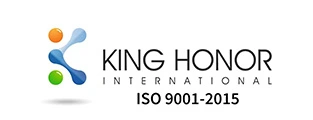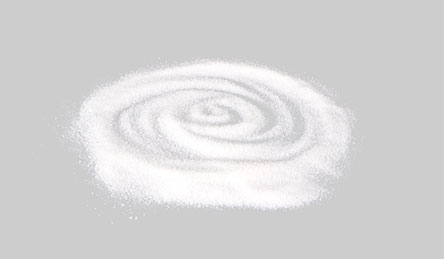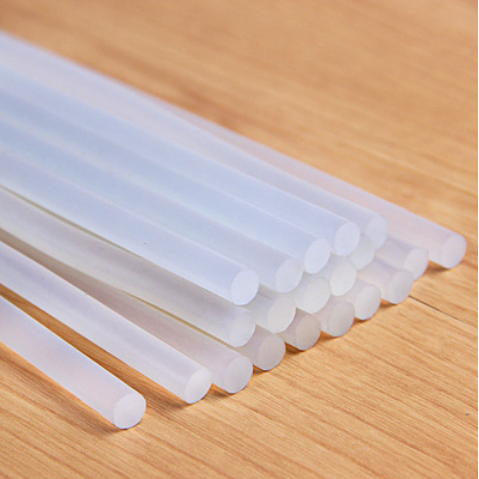
Search


With increasing environmental requirements and enhanced performance demands, the hot melt adhesive industry is undergoing significant technological transformation. During this evolution, Fischer-Tropsch wax (FT Wax), known for its excellent performance and environmental benefits, is gradually becoming an essential component in hot melt adhesive formulations. Many companies are exploring whether FT Wax can replace traditional paraffin wax, especially in the Chinese market, where sustainable development and green chemical technologies are gaining momentum.
Hot melt adhesives are widely used in industries such as packaging, paper products, furniture, automotive, and electronics. Their solvent-free formulations and excellent bonding properties make them indispensable in modern industrial production. However, traditional hot melt adhesives typically use paraffin wax as a base component. Paraffin wax, a by-product of petroleum refining, offers good physical properties but lacks environmental sustainability and has high carbon emissions during production.
With increasingly stringent environmental regulations, the demand for eco-friendly, low-pollution, and high-performance materials is rising among businesses and consumers. This has prompted hot melt adhesive manufacturers to seek more sustainable alternatives. The fischer tropsch wax, synthesized from natural gas or coal, stands out as a high-performance hydrocarbon with remarkable environmental attributes, drawing growing attention from manufacturers.
Paraffin wax is a petroleum by-product, and its production depends on fossil resources, posing sustainability challenges. As global calls to reduce carbon footprints and dependence on petroleum grow louder, finding alternatives becomes increasingly crucial. In contrast, FT Wax is a synthetic hydrocarbon produced through the Fischer-Tropsch process, utilizing non-petroleum resources like natural gas and coal, offering higher sustainability.
Moreover, wholesale fischer tropsch wax production achieves higher resource efficiency and reduces environmental impact. For companies like (King Honor), adopting FT Wax can significantly enhance product environmental performance and meet the market's demand for green materials.
FT Wax and paraffin wax each have unique performance advantages. FT Wax features a lower melting point, better hardness, and thermal stability, making it superior in high-temperature environments. Conversely, paraffin wax has a higher melting point, suitable for hot melt adhesives in low-temperature settings.
With molecular structure optimization, FT Wax's properties have been further enhanced, offering better flow, bonding strength, and thermal stability, particularly in high-end applications. In the Chinese market, where automated production lines require increasingly stringent adhesive performance, advanced FT Wax formulations are gradually replacing paraffin wax in high-performance hot melt adhesives.
The paraffin wax for sale, being petroleum-based, generates significant greenhouse gases during production and releases harmful substances when burned. In contrast, FT Wax boasts clear environmental advantages. Its production process is relatively clean, and its combustion produces fewer harmful emissions.
In the hot melt adhesive industry, using FT Wax not only reduces carbon emissions but also minimizes environmental pollution, aligning with national and international environmental protection trends.
With rising performance and environmental standards in the hot melt adhesive industry, FT Wax's application prospects are becoming increasingly broad. Particularly in the Chinese market, where "green manufacturing" and "sustainable development" initiatives are being actively implemented, FT Wax is gaining popularity in adhesive formulations.
Beyond performance, FT Wax's low-pollution and low-toxicity attributes make it an ideal choice for high-end hot melt adhesives. Replacing paraffin wax with FT Wax enhances adhesive heat resistance, aging resistance, and bonding strength, making it especially suitable for industries like automotive, electronics, and packaging, which demand high adhesive performance.
For leading companies like (KH), replacing paraffin wax with FT Wax not only boosts product competitiveness but also strengthens their brand's eco-friendly image, supporting sustainable development strategies.
In future hot melt adhesive formulations, the trend of replacing paraffin wax with FT Wax is becoming more pronounced. With ongoing advancements in molecular structure optimization, FT Wax's performance will continue to improve, playing an increasingly vital role in hot melt adhesives.
In the Chinese market, the environmental and performance advantages of FT Wax make it a key growth driver for the hot melt adhesive industry. Amid the global wave of environmental sustainability, FT Wax is set to be a critical material for driving the hot melt adhesive sector towards a more sustainable, eco-friendly, and high-performance future. Contact us for more details.

Products:KHWAX QP115H, KHWAX QP105HN, KHWAX QP85HN.